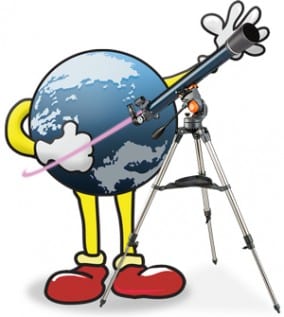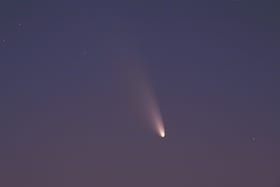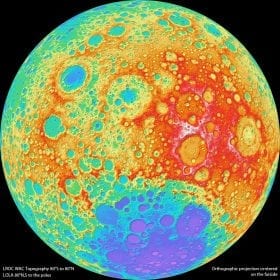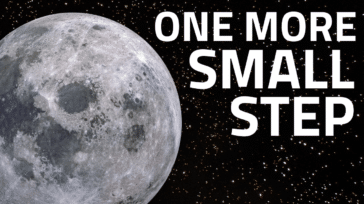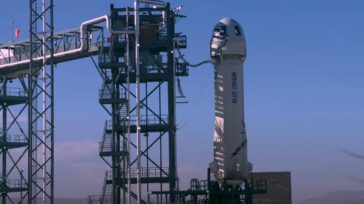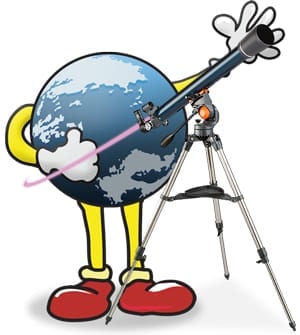 Look! Up in the Sky! It’s a Bird! It’s a Plane! It’s a planet crossing the face of the Sun!
Look! Up in the Sky! It’s a Bird! It’s a Plane! It’s a planet crossing the face of the Sun!
To be more exact, Venus is making its extremely rare transit in front of the Sun today, at about 5:04pm CDT. During this time, its silhouette will be visible on the Sun’s disc, like a tiny version of an eclipse. In the past, this transit has been used to calculate the size of the solar system. Now, though, it’s just an incredibly rare astronomical event.
How rare is this? Well, that depends; the transit of Venus is on a bit of an odd cycle. These transits happen in pairs eight years apart (the last transit was in 2004). These pairs, however, are separated by spans alternating between 121.5 years and 105.5 years. Prior to the 2004 one, the last Venusian transit was in 1882, 121.5 years earlier. That means the next one will happen in 2117. So if you’re going to see Venus transiting the Sun, this is your only chance.
Of course, you can’t just look up at the sun and see it; you’ll seriously damage your eyes. That’s doubly, triply, and sextuply so for a plain telescope; you might as well just sear your cornea out with a soldering iron. However, there are ways to safely see the transit:
- If you picked up a pair of “eclipse glasses” for the eclipse a few weeks ago or have some #14 shade welding goggles or glass hanging around, that will work just wonderfully. However, plain sunglasses will not work, and will potentially cause more damage, as your pupils will be more dilated, letting more sun in.
- You can make a “pinhole projector” to view the sun indirectly. Similarly, you can use a lens to project an image of the solar disc on the ground or other surface. I distinctly remember using my glasses to do just this for a partial solar eclipse back in the mid ‘90s; it worked quite well. The technique is similar to burning ants with a magnifying glass, but without as concentrated a focal point.
- If you have a solar filter for your telescope, you’ll probably get the clearest viewing results, but you had best make sure that there are no scratches or other defects in it. It needs to be one that fits over the wide end of the telescope, not one that installs by the eyepiece, as the concentrated full-strength sunlight can overheat and damage an eyepiece filter, sending full-concentrated sunlight into your eyes. Unless you’re 100% sure you’ve got the right equipment, it’s probably best to try another method.
There are other options as well, which you can find (along with a number of other interesting information) at transitofvenus.org. If none of those methods are practical for you, the SLOOH Space Camera will be broadcasting a live view of the entire event.
Any astrophotographers out there going to try and catch this? We’d love to see your results; link to them in the comments below.
